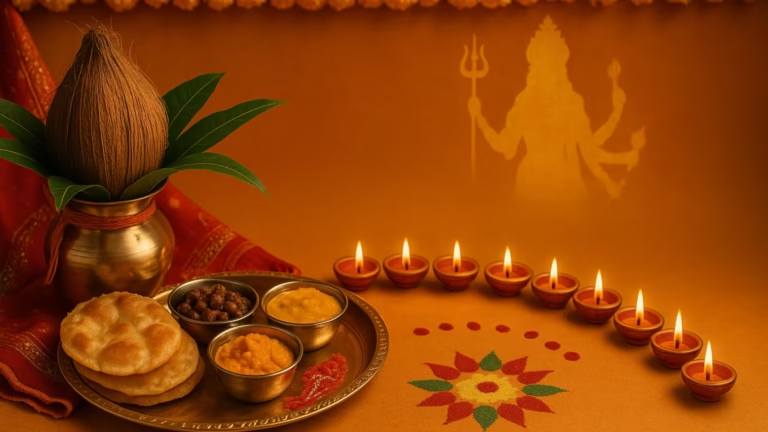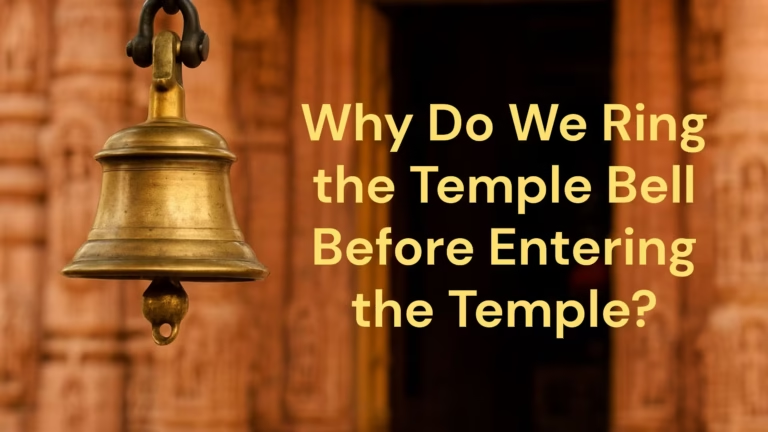Cow, or the Cow Mother (gau mata), holds a deeply revered place in Hindu culture and spirituality. In Hinduism, the cow is not just a domestic animal but a sacred symbol of life, sustenance, and motherhood. The reverence of cows is rooted in scriptures, historical traditions, and socio-cultural practices that span thousands of years. This blog explores why Cow is worshipped, her symbolic and practical significance, and how this reverence has shaped the spiritual and ethical landscape of Hinduism.
Table of Contents
The Sacred Status of Cow in Hindu Scriptures
References in Vedas and Upanishads
The sanctity of cows is explicitly mentioned in ancient Hindu texts. The Rigveda, one of the oldest scriptures, refers to the cow as “Aghnya,” meaning “not to be killed.” The Atharvaveda praises the cow as a source of prosperity and wealth. Cows are seen as divine beings that embody the presence of various deities.
Cows and the Trinity of Gods
According to Hindu belief, the cow is associated with the Trimurti:
- Brahma (The Creator): Represents creation and fertility, attributes closely linked with the nurturing nature of the cow.
- Vishnu (The Preserver): Takes the form of Krishna, who was a cowherd and often depicted playing the flute among cows.
- Shiva (The Destroyer): Rides Nandi, the sacred bull, symbolizing righteousness and strength.
These associations affirm the cow’s divine status and its multifaceted symbolism in Hindu cosmology.
Cow as a Symbol of Motherhood and Nurturing
Spiritual Motherhood
The cow is revered as a mother because she provides milk, a fundamental source of nourishment, akin to a human mother feeding her child. This maternal aspect is so profound that many Hindus refer to cows as “Cow Mother,” placing her on par with one’s biological mother.
Provider of Panchagavya
Panchagavya, a mixture of five cow-derived products – milk, curd, ghee, urine, and dung – is considered sacred and is used in many Hindu rituals and Ayurvedic medicines. These elements are believed to purify the body and soul, reinforcing the spiritual importance of the cow.
Ethical and Environmental Relevance
Ahimsa (Non-Violence)
Hinduism emphasizes the principle of Ahimsa, or non-violence towards all living beings. The cow, being gentle and non-aggressive, exemplifies this principle. Protecting the cow becomes a moral duty that reflects a commitment to compassion and empathy.
Ecological Contributions
Cows play a vital role in sustainable agriculture. Their dung is used as a natural fertilizer and fuel, contributing to organic farming and eco-friendly practices. By worshipping the cow, Hindus inherently support environmental conservation and sustainable living.
Cultural and Social Significance
Festivals and Rituals
Cows are central to various Hindu festivals such as Govardhan Puja and Gopashtami. During these occasions, cows are bathed, decorated, and worshipped with devotion. These rituals reinforce the emotional and spiritual bond between humans and animals.
Economic Role in Rural India
In agrarian communities, cows are indispensable. They provide dairy products, assist in farming, and support livelihoods. Revering cows ensures their protection and continued contribution to rural economies, especially among small farmers.
Cow in the Lives of Hindu Saints and Deities
Lord Krishna and Cows
Lord Krishna, a beloved deity in Hinduism, is often portrayed as a cowherd playing among cows in the pastures of Vrindavan. His deep affection for cows elevates their status in devotional practices.
Saints and Sages
Many Hindu saints, such as Swami Dayananda Saraswati and Mahatma Gandhi, advocated cow protection as a spiritual and ethical responsibility. Gandhi referred to cow protection as the “central fact of Hinduism,” linking it to the broader goal of non-violence and spiritual purity.
Misconceptions and Clarifications
Worship vs. Idolatry
Worshipping the cow is not equivalent to idolatry. Rather, it is a form of honoring a divine symbol of life, fertility, and compassion. The cow is not an idol but a living embodiment of divine qualities.
Scientific Perspective
Modern science recognizes the nutritional, medicinal, and ecological benefits of cow-derived products. This provides a rational basis for the ancient reverence, proving that the veneration of cows has both spiritual and practical dimensions.
Conclusion
The cow is much more than a sacred animal in Hinduism. She represents the synthesis of spirituality, ecology, economy, and ethics. Her worship reflects a culture deeply rooted in compassion, sustainability, and reverence for life. Understanding her place in Hinduism allows us to appreciate a tradition that sees divinity not just in temples, but in the everyday lives of beings that nurture and sustain us.
By recognizing the multifaceted significance of the cow, we embrace values that are timeless and universal: respect for life, gratitude for nature, and the pursuit of a harmonious existence.universal: respect for life, gratitude for nature, and the pursuit of a harmonious existence.
Whatsapp Channel Link :–https://whatsapp.com/channel/0029VbB0KvuIHphFXKcwyq3B
Read Also: Indian Air Force Medical Assistant Recruitment 2025 – Complete Details for Intake 02/2026
Click Here To Read In Hindi: गौ माता की पूजा क्यों की जाती है – हिंदू धर्म में उनका स्थान


